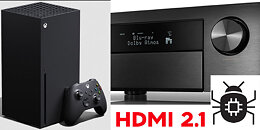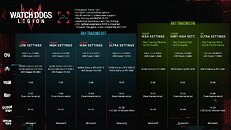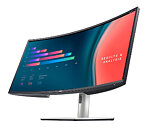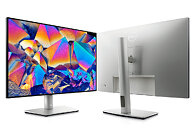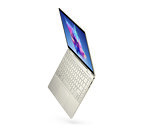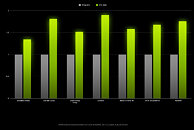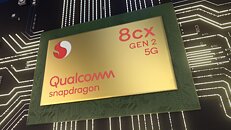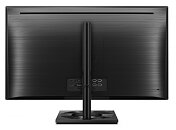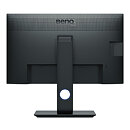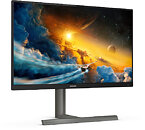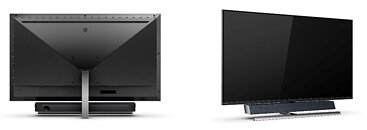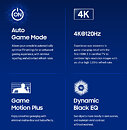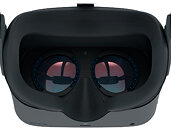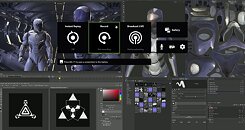KOEI Tecmo Announces Nioh 2: The Complete Edition Release on PC for February 2021
Nioh 2: The Complete Edition will be released for PC in February 2021, KOEI Tecmo has announced. The Complete Edition features the base game as well as its three expansions: "The Tengu's Disciple", "Darkness in the Capital", and the recently announced "The First Samurai". The game will be releasing on Steam, and the PC version will have some PC-centric features, as one would hope (but sometimes maybe not expect, unfortunately).
As part of its PC version, Nioh 2: complete Edition will feature support for 4K resolution as well as compatibility for ultrawide resolutions. HDR and 144Hz monitors are also supported, though maximum framerate will be capped to 120 FPS. Full mouse and keyboard customisation support, as well as gamepad compatibility, have also been announced. Check after the break for the announcement trailer.
As part of its PC version, Nioh 2: complete Edition will feature support for 4K resolution as well as compatibility for ultrawide resolutions. HDR and 144Hz monitors are also supported, though maximum framerate will be capped to 120 FPS. Full mouse and keyboard customisation support, as well as gamepad compatibility, have also been announced. Check after the break for the announcement trailer.



